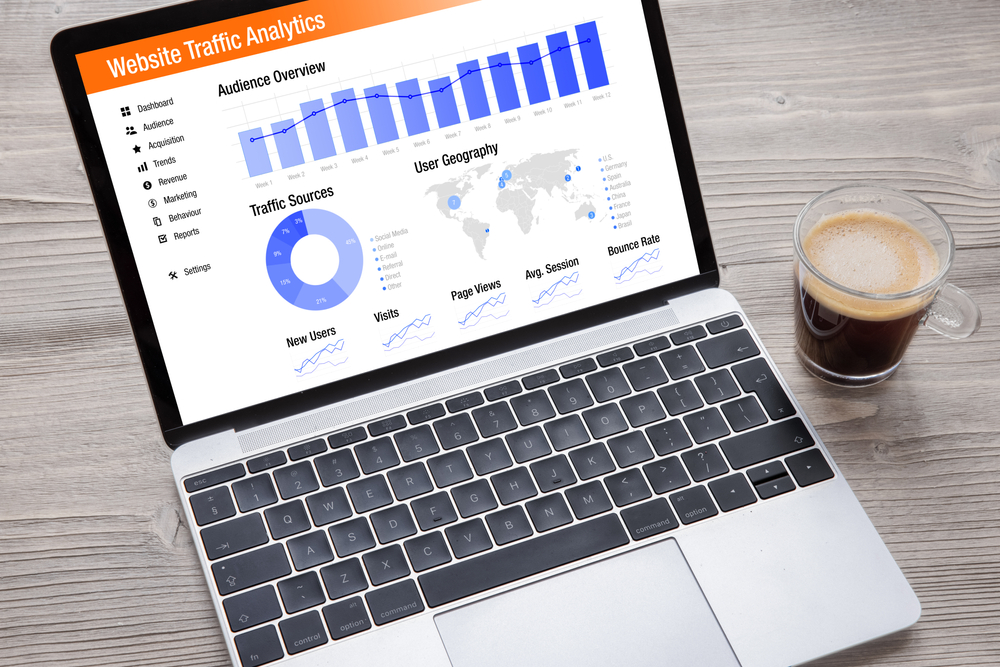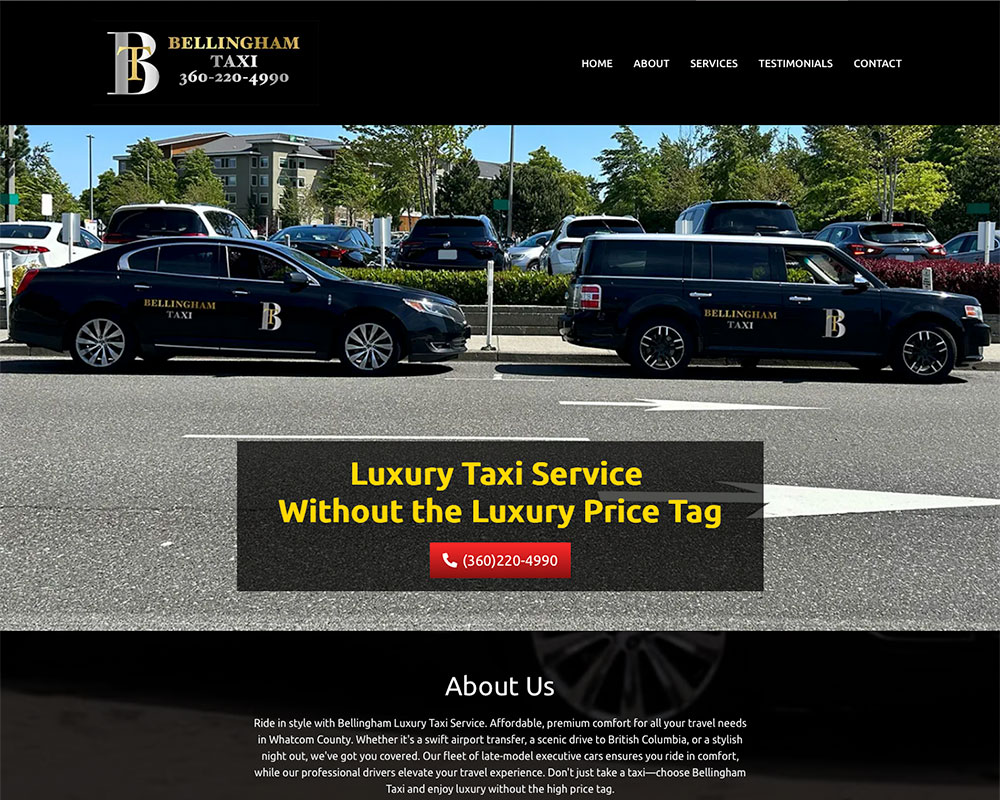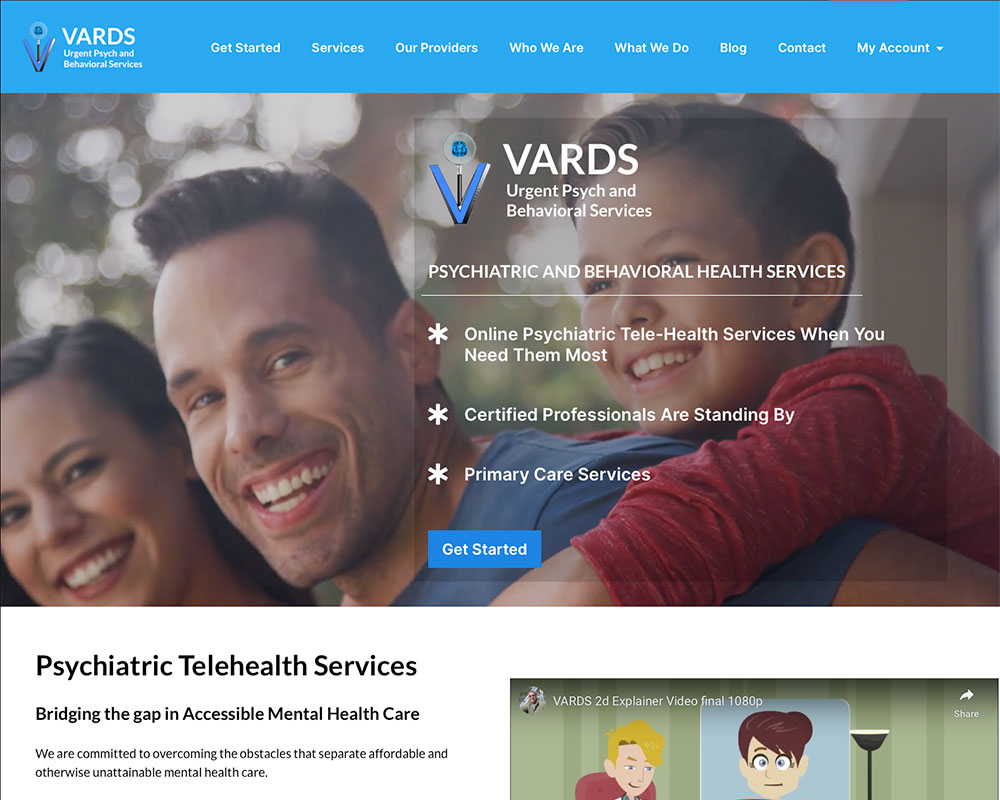Website traffic is just a fancy term for the number of people visiting a website. It’s like counting the number of customers who come into a shop. I have actually been in stores where someone has stood by the door with a clicker, counting how many people come into the store. In a brick and mortar environment, this quantifiable data would provide you with a clear idea of how many people the shop attracts, which would serve as a measure of its popularity or appeal. That’s pretty much what website traffic is in the digital realm – a count of the number of people who visit a specific website.
Learning More About Your Visitors
Back in the 1990s, when online shopping first became popular, people only really paid attention to how many visitors a website had. But as we learned more about online marketing, we started looking at other things too.
Now, instead of just asking, “How many people visited?” we now ask questions like:
- How long did people stay? It’s like having a shop where lots of people come in, but that doesn’t help you if they leave right away.
- How many people bought something? Just like a physical shop, an online store wants to know how many visitors end up buying something.
- How much did it cost to get a visitor to the site? Sometimes, businesses need to spend money on advertising to get people to visit their website. So, it’s important to know if the money they spent was worth it.
To make this clearer, let’s look at two examples:
- Website A has a small number of visitors, but a lot of them buy something.
500 people visit, 40 people buy something = 8% of people buy - Website B has a lot of visitors, but not many of them buy anything.
5000 people visit, 40 people buy something = only 0.8% of people buy
This shows us that it’s not just about having lots of visitors. We need to understand what these visitors do when they visit the site.
How Do We Know Who Visits a Website?
When you visit a website, your computer or phone talks to the website’s server, a bit like a telephone exchange. Each page on a website is made up of many different files, and the server sends each one to your device. Each file sent is counted as a “hit,” so one page can have multiple hits.
It’s not just the main page that gets monitored. The server keeps track of all parts of the website to see which ones get the most hits. And each visit to the website is called a “session.”
The server keeps a record of each file request in something called a “server log.” This log is like a diary of all the visitor activity on the site and gives the website owner a lot of useful information.
So, understanding website traffic is more than just counting visitors. It’s about knowing what visitors do on the site, whether they buy something, and how much it costs to get them there. This helps businesses make their websites better, provide a great experience for their users, and make more money.
But how can businesses dig deeper and gain a comprehensive understanding of their website’s traffic? Let’s explore some key metrics and tools that can provide valuable insights.
Bounce Rate: Engaging vs. Disinterested Visitors
One important metric to consider is the bounce rate. The bounce rate tells you the percentage of visitors who leave your website after viewing just one page. A high bounce rate usually indicates that visitors did not find what they were looking for or were uninterested in exploring further.
A high bounce rate may be a sign that your website needs improvement. It could mean that your content is not engaging or relevant, the website is difficult to navigate, or the loading speed is too slow.
By analyzing the bounce rate and identifying areas for improvement, you can enhance your website’s user experience and encourage visitors to stay longer and explore more pages.
Time-on-Page: Measuring User Engagement
The amount of time visitors spend on your website is another crucial metric. It indicates how engaged they are with your content and whether they find it valuable and interesting. If visitors spend a significant amount of time on your website, it suggests that they are actively consuming the content and are more likely to convert into customers.
On the other hand, if visitors leave quickly after arriving, it may indicate that your content is not captivating enough or that it does not match their expectations. By analyzing the time-on-page metric, you can identify areas where visitors are spending the most time and replicate the elements that engage them the most.
Conversion Rate: From Visitors to Customers
The conversion rate is a key metric for online businesses. It measures the percentage of visitors who take a desired action, such as making a purchase, filling out a contact form, or subscribing to a newsletter. A higher conversion rate means more visitors are successfully completing the desired actions.
To improve conversion rates, businesses should focus on optimizing various aspects of their website. This may include enhancing the design and usability, providing clear calls-to-action, streamlining the checkout process, and offering compelling incentives. By tracking the conversion rate and experimenting with different strategies, businesses can increase their online success and revenue generation.
Sources of Traffic: Knowing Where Your Visitors Come From
Understanding where your website traffic comes from is crucial for effective marketing and optimization efforts. It helps you identify which channels are driving the most visitors, enabling you to allocate resources and budget accordingly. Common sources of traffic include:
- Organic Search: Visitors who find your website through search engine results.
- Referral: Visitors who come from other websites that have linked to yours.
- Direct: Visitors who directly type your website’s URL into their browser.
- Social Media: Visitors who click on links to your website shared on social media platforms.
- Paid Advertising: Visitors who arrive via paid advertising campaigns, such as PPC or display ads.
Analyzing the sources of traffic can help businesses assess the performance of different marketing channels and make data-driven decisions to optimize their marketing strategies.
Tools for Website Traffic Analysis
To effectively analyze website traffic, businesses can leverage various tools and platforms. Some popular options include:
- Google Analytics: A powerful and free tool provided by Google that offers comprehensive website analytics, including traffic sources, user behavior, conversion tracking, and more.
- Heatmap Tools: These tools provide visual representations of user interaction on your website, helping you identify which areas receive the most attention and which ones are ignored.
- A/B Testing Tools: These tools allow you to create different versions of web pages and test them simultaneously to see which version performs better in terms of user engagement and conversion rates.
- CRM (Customer Relationship Management) Systems: These systems help track and analyze customer interactions throughout their lifecycle, enabling businesses to understand how website traffic translates into long-term customer relationships.
By utilizing these tools and analyzing the data they provide, businesses can gain valuable insights into their website traffic and make informed decisions to optimize their online presence.
Enhancing Your Website’s Performance and Results
Understanding website traffic is not just about the number of visitors. It’s about comprehending user behavior, engagement, conversion rates, and the effectiveness of marketing efforts. By delving deeper into these metrics and using the right tools, businesses can uncover opportunities for improvement, enhance the user experience, and drive better results.
A successful online presence requires a combination of attracting the right audience, engaging them effectively, and converting them into loyal customers. By continuously analyzing website traffic and optimizing based on the insights gained, businesses can build a strong digital presence, maximize revenue, and deliver exceptional user experiences
.
















